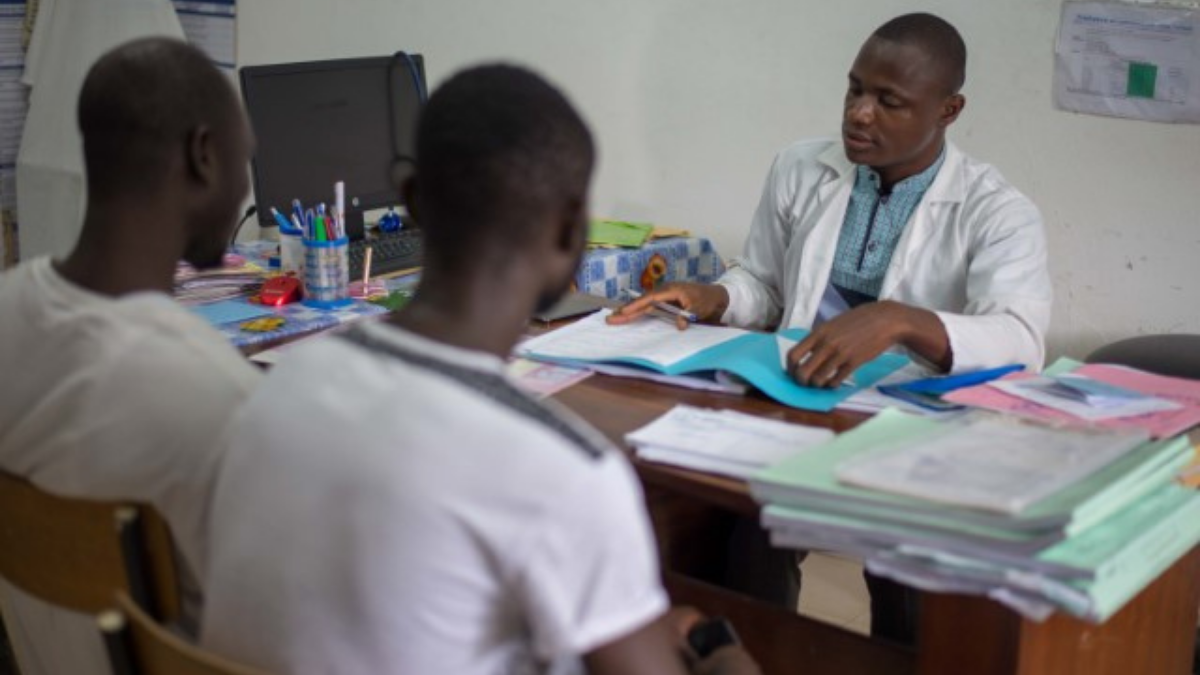Stefan Baral, Johns Hopkins University
Improving the lives of people affected by HIV necessitates a re-focus on who is affected and why, and not just how many people are living with HIV. The risk and burden of HIV are not evenly distributed anywhere in the world, including in the settings with the most broadly generalized HIV epidemics. Although specific key populations have long been recognized to be at increased risk of HIV in many higher-income settings, a general population construct is still often used to represent HIV epidemics across sub-Saharan Africa.
The general population construct typically negates proximal determinants of HIV acquisition and transmission, including heightened risks of exposure in the contexts of condomless and PrEP-less sex between gay men and other men who have sex with men or sex workers and clients of all genders; drug use; and HIV among transgender people and incarcerated populations. The general population construct is also central to the current mathematical models used to guide national HIV responses — models that largely use household-based survey data, and thus do not fully capture different HIV transmission risks to and from key populations.
It is in this context that the USAID- and PEPFAR-supported LINKAGES project has been such a pivotal program. Before LINKAGES, there was no central leadership on programming specifically focused on key populations. As a result, approaches for key populations were often an afterthought, as opposed to the crux of the program. Over the last seven years, we have seen LINKAGES country programs achieve impressive results — serving the HIV diagnostic, prevention, and treatment needs of historically marginalized populations at scale in very difficult contexts.
Key to LINKAGES’ success was its focus on community-led and -owned programs — allowing the infrastructure of frontline organizations to grow, but also ensuring that program content, design, and delivery were well-adapted to local communities. In addition, LINKAGES unlocked the potential of service delivery in the virtual space, recognizing that more people may be meeting sexual partners virtually in stigmatizing environments and, more recently, as a result of COVID-19-related restrictions. Finally, LINKAGES developed a standardized suite of tools and guidelines to support comprehensive monitoring of the wide array of services that members of key populations access through differentiated service delivery models in diverse sites, including fixed health facilities and community outreach. LINKAGES’ strategic information efforts resulted in a global database of routine program data that can be rigorously analyzed to inform applied epidemiologic research and optimization of local HIV responses.
As we pass World AIDS Day of 2021, the global HIV response is at a crossroads. Although overall incidence has steadily declined over the last 15 years, more than 1.5 million people newly acquired HIV in 2020, including 1 million people across sub-Saharan Africa. The global goal for 2020 was set at 500,000 new infections; however, even with significant investment, more than three times as many infections were observed.
We have only eight years to meet the goal of zero new infections by 2030. And, given that so many of the program approaches for key populations are based on outreach, shelter-in-place mandates or curfews in response to successive waves of COVID-19 are an ongoing threat to progress. Too many young people are being affected by and dying from HIV, and it is time to do things differently. Going forward, let us build on the models that LINKAGES established and implement a more specific response that aligns resources with the heterogeneities in risk that sustain local HIV epidemics.
Photo Credit: Moustafa Cheaiteli/FHI 360

